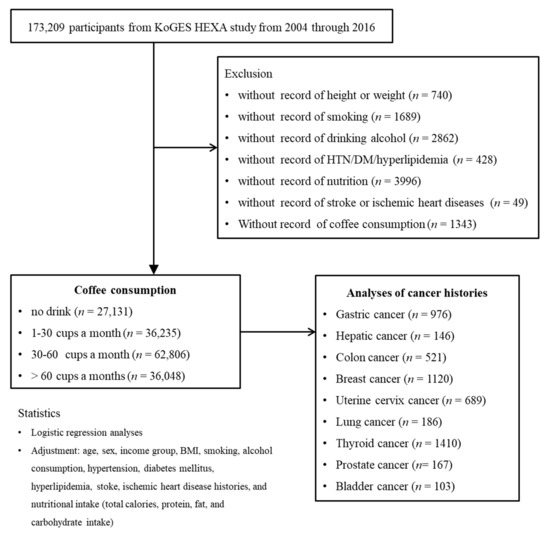

(2016b) in the case of Abutilon mosaic virus (AbMV)-infecting ornamental crops. There is a significant decrease in the intensity of the Raman spectra when the plant is infected with a disease, as reported by Yeturu et al. The advanced Raman spectrum has overcome this limitation and is commonly used for detecting fresh plants containing lower analyte concentrations because of the unique Raman scattering properties in water ( Kwak et al., 2017). Raman effect is a molecular scattering phenomenon that generates weak signal. Mohamed Khan, in Comprehensive Analytical Chemistry, 2018 3.2 Raman Spectroscopy įormation of surface plasmon resonance bands depends on (1) the size for metal ion with its nature, (2) dielectric constant and refractive index of the medium surface, (3) nature and properties of the capping agent and (4) finally, the average distance between the neighbouring particles.

It is used to analyse the functional properties of biomolecules by observing the change in refractive index of ultra thin film at the metal surfaces. Surface plasmon resonance results in a reduction in intensity of the reflected light. In such conditions, photon–plasmon surface electromagnetic waves were created at the metal/dielectric interface depending on the thickness of the molecular layer. Surface plasmon resonance is a phenomenon taking place at the metal surface when p-polarized light strikes the surface at a particular angle through a prism. In general, infrared spectroscopy and Raman spectroscopy are complementary techniques but the selection rule is different.

In nanotechnology, a Raman spectroscopy is used to better understand the composition of the structures, crystallographic orientation of the sample and the change in vibrational frequency for chemical bond. If the molecules are already in the excited vibration state, the phenomenon is known as anti-Stokes Raman scattering. The spontaneous Raman effect takes place when the molecules are excited from the ground state to a virtual state and relax into a vibrational excited state forming Stokes Raman scattering. The incident photon excites the electron into a virtual state. Raman effect takes place when light enters in a molecule and interacts with the electron density of the chemical bond causing electromagnetic field in the molecule leading to vibrational and deformation of frequency shift. Taimur Athar, in Emerging Nanotechnologies for Manufacturing (Second Edition), 2015 14.5.4 Raman spectroscopy


 0 kommentar(er)
0 kommentar(er)
